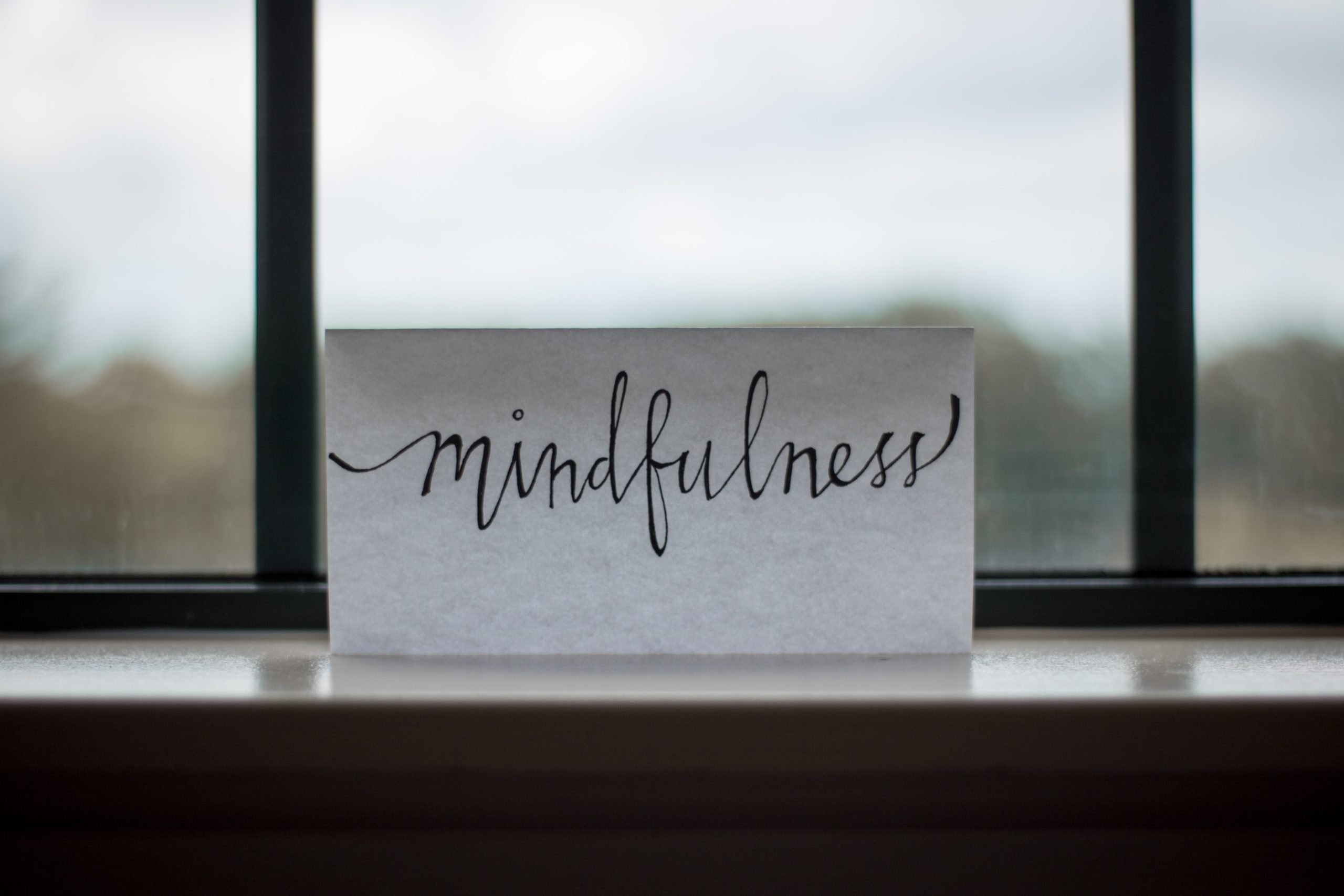As discussed in this month’s intro, understanding the how and why we eat is vital to changing our nutritional habits. One way to find deeper understanding in these often deeply ingrained habits is to keep a log of when we eat, what we eat, how much we eat and what we are feeling when we eat.
Some people may be grazers and eat throughout the day while others have three perfectly square meals a day. Others may only eat one or two bigger meals. Some will eat when faced with uncomfortable emotions or when they are bored. Regardless of how many times a day we snack or eat, paying attention to what is happening during those times can offer insight into ways we can nourish ourselves in a healthier manner. To do this we must attempt to create an environment that allows us to focus.
Meals once represented social interaction, a time to share with friends or family and connect. In today’s technology-driven, social media consumed world it is much easier to grab food and check in on the media feed instead of eating mindfully and staying present with our meals and with our bodies.
I want to challenge you to focus on each meal over the next week. There are plenty of apps available to help you chart your meals, or you can grab a small notebook to write it down.
Once you have charted your meal, put down your phone and enjoy your food. Take a few minutes to pay attention to your body’s cues, take time to taste and experience the food you are eating. If you are on a wellness journey and suspect food-related sensitivities or symptoms, chart those as well.
Allow this week to be an exploration of your relationship with food, without judgement or attachment to the experience.
At the end of the week, review your log and see if you find any patterns that emerge and identify how you can begin to shift your relationship with nutrition in a positive way.
You may realize that your body needs meals at different times or in different amounts than what has been routine until now. Or you may find that under certain circumstances you have been stress-eating and you can now focus on utilizing other stress-reduction tools.
Use the information you glean from this exploration to discover how to best support yourself in the changes you are making. And don’t forget to come back to explore small, sustainable changes that lead to long-term success.

5
A food diary is great to get insight in our habits. I have used both an app and writing on paper. The app gave a very good understanding of the ingredients of the food. The writing gave me more insight in my emotions over food. Both is good of course.
Thanks for the reminder 🙂
Hey Hannie! I’m so glad you were able to find tools that worked for you! I would love to know what app you found useful. We’re planning to do an app review or best apps post to share with others.
Cheers!
Hi Devara, the app is called ‘Food’ and it’s made by Virtuagym. I have it on the iPhone, don’t know if it’s available in the Google store. 🙂
Thanks so much for this information! I will certainly check it out!
Best wishes,
Devara